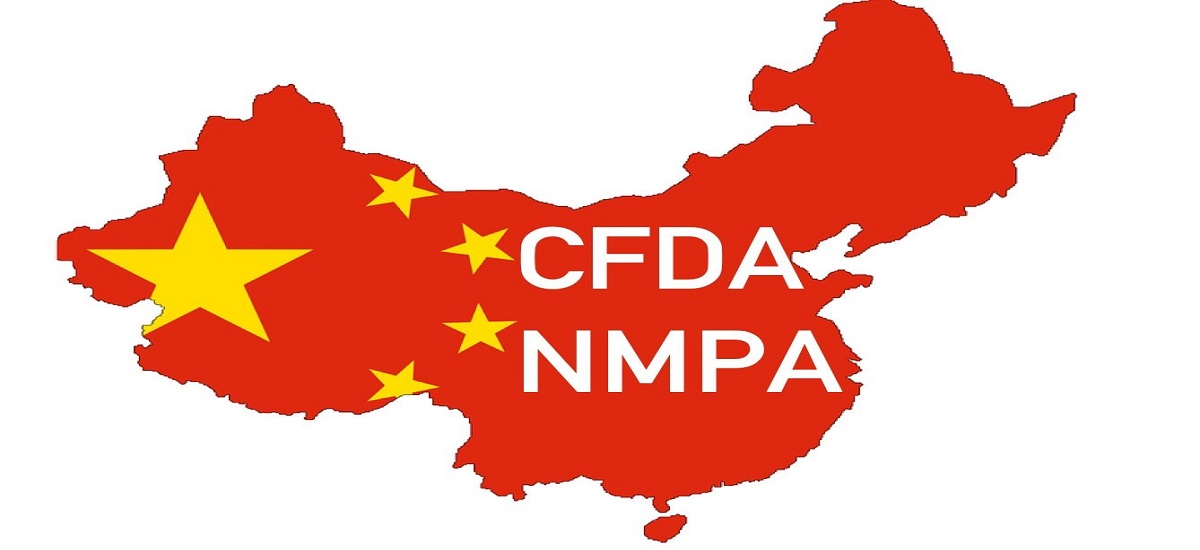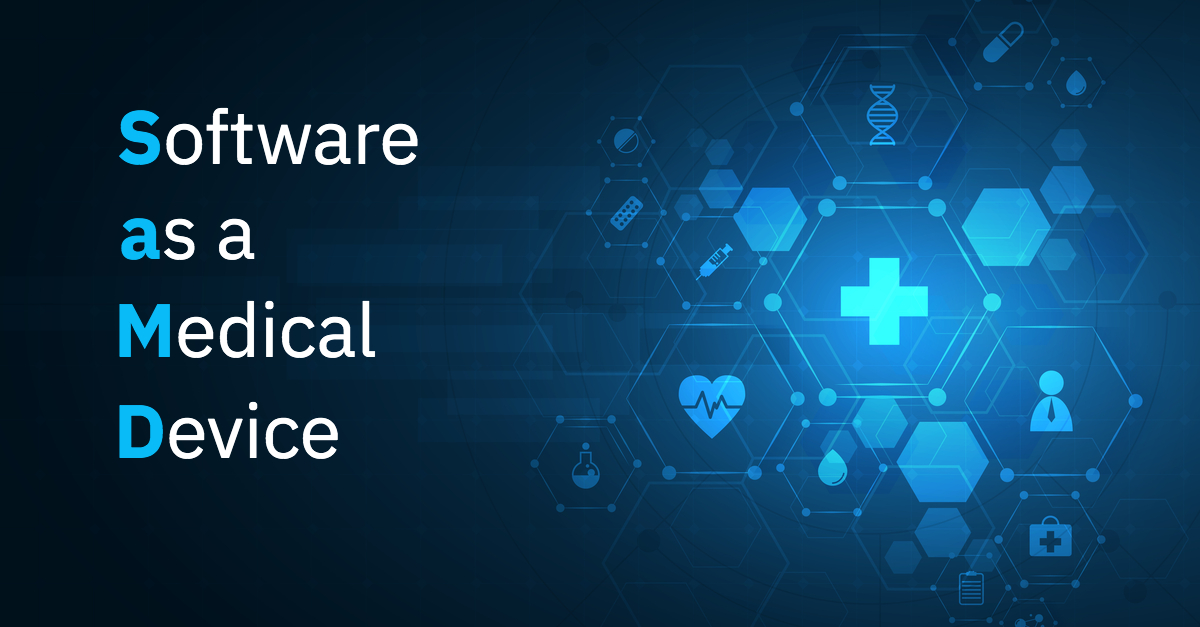Medical Device registration and approval process in China

National Medical Products Administration (NMPA) is responsible for the regulation of Medical devices and Pharmaceuticals in China. The predecessor to NMPA was founded in 1998, and renamed as State Food and Drug Administration in 2003. On September 1, 2018 China Food and Drug Administration was replaced by NMPA and it operates under the state jurisdiction and is an administrative agency of China’s central government. The responsibility of NMPA is to create, supervise and implement the standards and guidelines related to medical devices. The agency also oversees the registration and inspection process of medical devices.
The NMPA has various departments; they include the Department of Medical Device Registration, Department of Policy, Law, and Regulation, National Institute for Food and Drug Control, Technology and International Cooperation, and Department of Medical Device Supervision and Administration.
Classification:
According to the ‘Regulations for the Supervision and Administration of Medical Devices’, the classification of medical devices are based on the risk level and are classified as I, II, and III.
Class I
-Low risk
-No testing is required
Class II
-Medium risk
-Full technical dossier and review
Class III
-High risk
-Full technical dossier and review
Overview of regulation process:
There is no expiry for class I devices. Whereas, class II and III devices have 5 year validity. If a manufacturer intends to extend the registration, can submit the application 6 months prior to expiry. If there are any changes made to the approved product, then a modification application should be submitted to the registration body.
If a medical device has to be imported, then a proof of marketing approval is required from the country of origin. Manufacturers outside China must appoint an agent, who acts as local regulatory contact for device in China.
Class I:
For a Class I medical device, first manufacturer has to determine the applicable product code. This can be confirmed by NMPA’s classification catalog and NMPA classification announcements. If the product code is not clear with these methods, then the manufacturer can submit a formal classification application to NMPA to confirm the device classification in China.
Class I applicants must prepare a submission dossier which is known as Class I Record Filing, which includes risk related information, clinical evaluation report, Technical requirements related to product, test reports (tests conducted outside China are considered and accepted for Class I devices) and manufacturing information.
Upon submission, Class I Record Filings undergo only completeness check rather than full technical review. Post completeness check, the applications are either selected or rejected.
Once the submission is approved, NMPA will issue a Class I voucher with a record number. This number must be printed on IFU and product labeling. The product information with the record number will be published in the NMPA website.
There is no expiry for class I record filling. However, if there are any changes made to the technical information, then a modification application must be submitted to NMPA by the manufacturer.
Class II and III:
Manufacturers of class II and III medical devices must undergo a comprehensive technical review form NMPA.
The submission dossier includes:
a) Product technical requirement
b) Foreign and local test reports
c) Clinical data, if applicable
d) Biocompatibility test reports, if applicable
e) Risk analysis document or reports
f) Process and manufacturing information
g) ISO 13485 certificate
h) Additional documents specific to NMPA
First, manufacturer must confirm the device code and device classification before initiating the registration process.
Then, the product technical requirement must be developed based on the testing completed by the manufacturer for international approvals as well as from the NMPA approved test lab or centers.
Test reports are must and part of NMPA application process to demonstrate compliance to the requirements established in the product technical requirement document.
For class I devices, reports from test centers outside China will suffice. However, for class II and III devices, the reports must be issued from the test labs approved by NMPA.
The manufacturer must provide data collected from either clinical trial or from literature for all class II and III devices. However, this is not required if the device falls under clinical trial exemption list.
Submission process:
Once all the necessary documents are complied, the completed dossier will be submitted to NMPA for review. All the applications must be in Chinese. If the applicant is outside China, then the application can be in English. However, public notarization has to be completed before the initiation of application.
The steps are highlighted below:
a) The application will be first checked for completeness. The NMPA require the payment of registration fees after the acceptance of application
b) The Center for Medical Device Evaluation (CMDE) will take up the technical review
c) There is a possibility of request from NMPA regarding the inspection of manufacturing facility, in compliance to China’s Good Manufacturing Practices during the review stage. However, NMPA has the right to inspect the facility at any time
d) The reviewer usually requests for supplementary information, clarification, additional testing (if required), and additional data related to clinical trials. The manufacturer will have only one chance to provide a response which is satisfactory, with a maximum frame of one year from the request
e) The reviewer may also request for expert panel meeting for high risk or novel medical devices. The panel consists of experts from different fields selected by NMPA. Additional information may be requested based on the outcome of the meeting
f) Once the technical review is complete, a final administrative review will be conducted before certificate issuance
Fast Track approval:
There are three ‘fast track’ approval procedures under NMPA known as Green Channels. The key difference between the standard registration process and fast track procedure is that they will have relatively shorter review and approval timelines. In case of emergency product review, the time is significantly reduced to 10 to 15 days.
a) Innovative Medical Device (IMD):
This route is established by NMPA to bring innovative technology into China. This is applicable during the initial registration process of class II and III devices. Application fee exemption will be applicable for small and micro companies. Once this designation is granted, NMPA will appoint an officer who will help the applicant throughout the process.
b) Priority Evaluation Approval (PEA):
This route is applicable for devices which have significant clinical applications in treating rare diseases. The application is applied along with the standard registration procedure. If the application for PEA is approved, then the technical review and audit will be prioritized. If the application is not approved, then the devices will have the same review process as standard procedure.
c) Emergency Use Approval (EUA):
This route is applicable for devices which are manufactured in response to public health emergency which impacts the national health.
Marketing medical devices in China can be a daunting process for high risk devices considering the clinical trial requirements. In recent years, NMPA has expanded its list of medical devices which are exempt from clinical trial requirements and also the emergence of fast track approval procedures eased the market entry. Based on these factors, foreign manufacturers can now diversify their devices into China.



